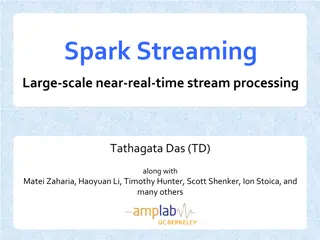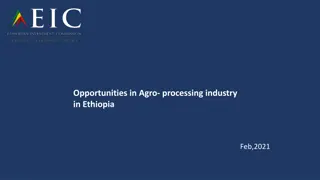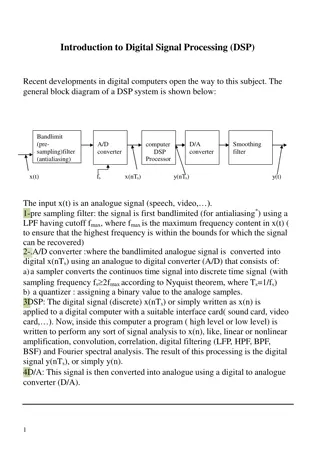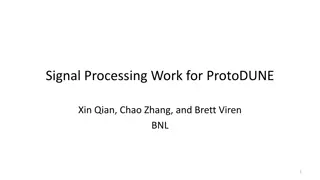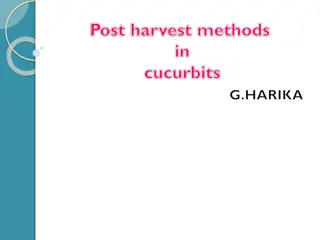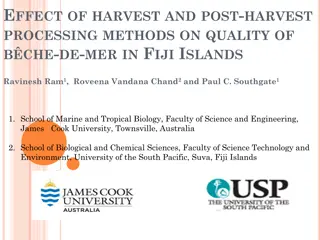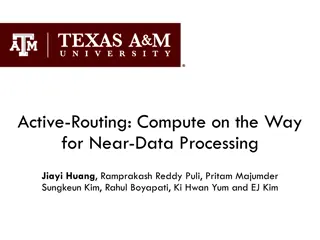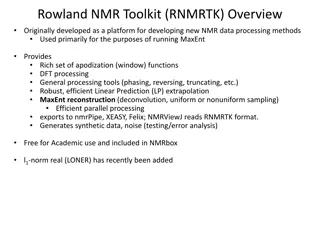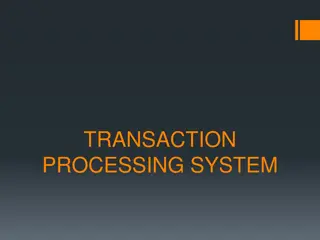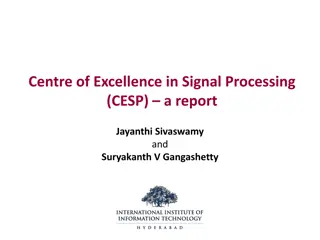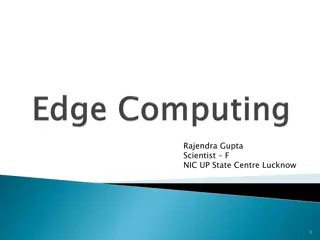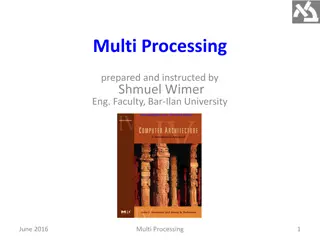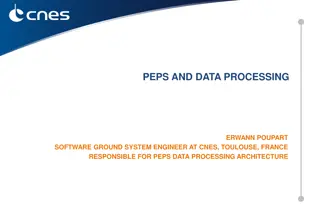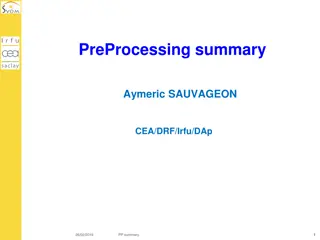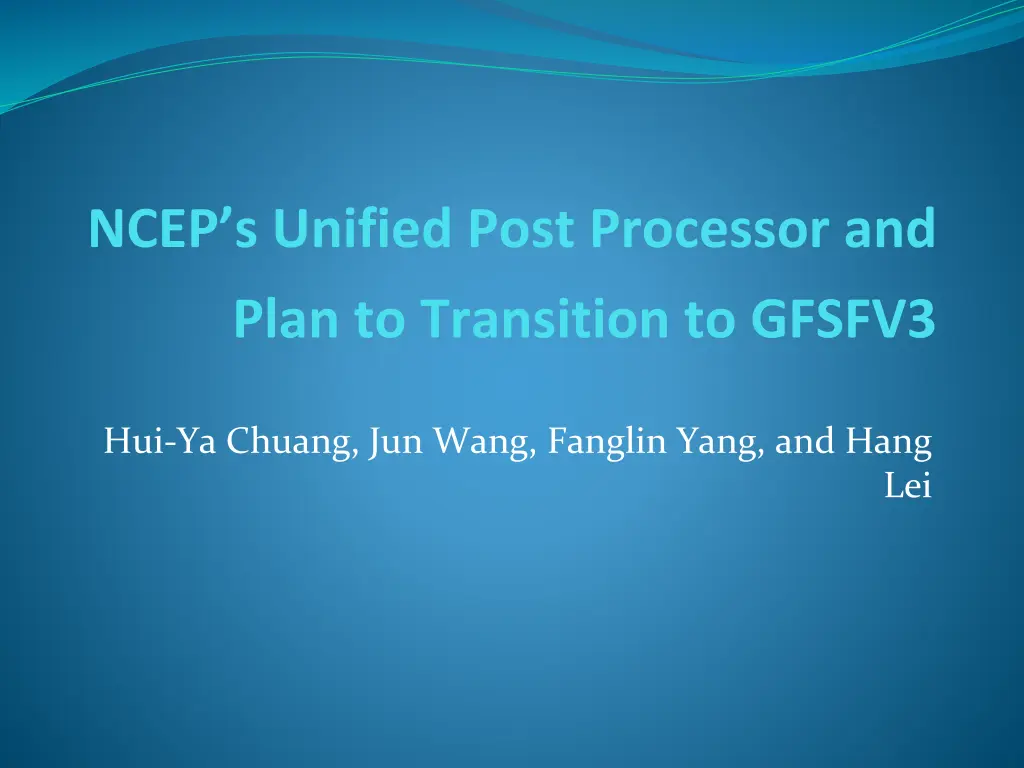
Unified Post Processor and GFS-FV3 Transition Plan
Learn about NCEP's Unified Post Processor and the plan to transition to GFS-FV3. Explore post-processing flow charts, functionality, operational configurations, and future plans for GFS-FV3 post-processing.
Download Presentation

Please find below an Image/Link to download the presentation.
The content on the website is provided AS IS for your information and personal use only. It may not be sold, licensed, or shared on other websites without obtaining consent from the author. If you encounter any issues during the download, it is possible that the publisher has removed the file from their server.
You are allowed to download the files provided on this website for personal or commercial use, subject to the condition that they are used lawfully. All files are the property of their respective owners.
The content on the website is provided AS IS for your information and personal use only. It may not be sold, licensed, or shared on other websites without obtaining consent from the author.
E N D
Presentation Transcript
NCEPs Unified Post Processor and Plan to Transition to GFSFV3 Hui-Ya Chuang, Jun Wang, Fanglin Yang, and Hang Lei
Post Processing Flow Chart for Atmosphere Re-gridding: 1) upscaling to lower resolutions and limited domains 2) downscaling to 2.5 km NDFD grids Computing value added products : 1) WAFS, 2) graphics Unified Post Processor (UPP) Unified Ensemble Product Generator to create probabilistic products Model output from GFS, NAM, RAP, HRRR, HWRF, GEFS, SREF, NGAC Bufr Sounding Package Statistical Post Processing to create bias corrected products (GEFS and MDL) HWRF Post Processing
Unified Post Processor Functionality Used as the common post processor for all NCEP models. A MPI code in both IO and computation. Perform vertical interpolations onto isobaric, height, and other non native model surfaces. Compute simple diagnostic fields, including three types of mean Sea Level Pressure and CAPE/CIN. Compute more sophisticated diagnostic fields, such as aviation products and synthetic satellite products. Algorithms added into UPP can often be used by all eight supported models.
Operational Configuration of GFS Post Processing Operational GFS Post Processing is run concurrently alongside GFS forecast. After FY17 GFS upgrade, GFS Post will output on ~13 km Gaussian grid and 47 vertical levels. Output frequency is hourly out to F120, 3 hourly out to F240, and 12 hourly out to F384. GFS Post outputs four different files in Grib2 format: Master, Flux, Simulated GOES, and Turbulence Guidance. Operational GFS uses 24 tasks/3 nodes to run on Cray and it takes 1 minute to generate the most used Master file.
GFSFV3 Post Processing Now Fregrid is used to merge six netCDF files on tiles for each group to a file on global lat-lon grid at 0.25-deg resolution fv3gfs_nc2nemsio.sh is used to convert the global netCDF file to nemsio format (e.g. gfs.t00z.atmf009.nemsio) NCEP_POST reads in the nemsio file on lat-lon grid to produce products for verification and downstream applications.
GFSFV3 Post Processing Future Plan GFSFV3 write grid component is being updated to do regridding onto latlon or Gaussian grid in netCDF format. The nemsio library is being updated to read and write netCDF format. GFSFV3 write grid component will also be updated to run in-line post on its quilt server. This removes duplicate IO and speeds up total run time. Unified post will be updated to read netCDF format to maintain its stand alone capability.
Unified Post Training Materials EMC has been working with DTC to provide tutorials and training on Unified Post for a decade. The most recent tutorial presentation given on Unified Post was at 2016 HWRF tutorial. UPP User Guide provides more detail information on how to run Unified Post and products it generates. UPP User Guide and tutorial presentation will be updated to provide GFSFV3 information as EMC finishes transition of Unified Post to GFSFV3




